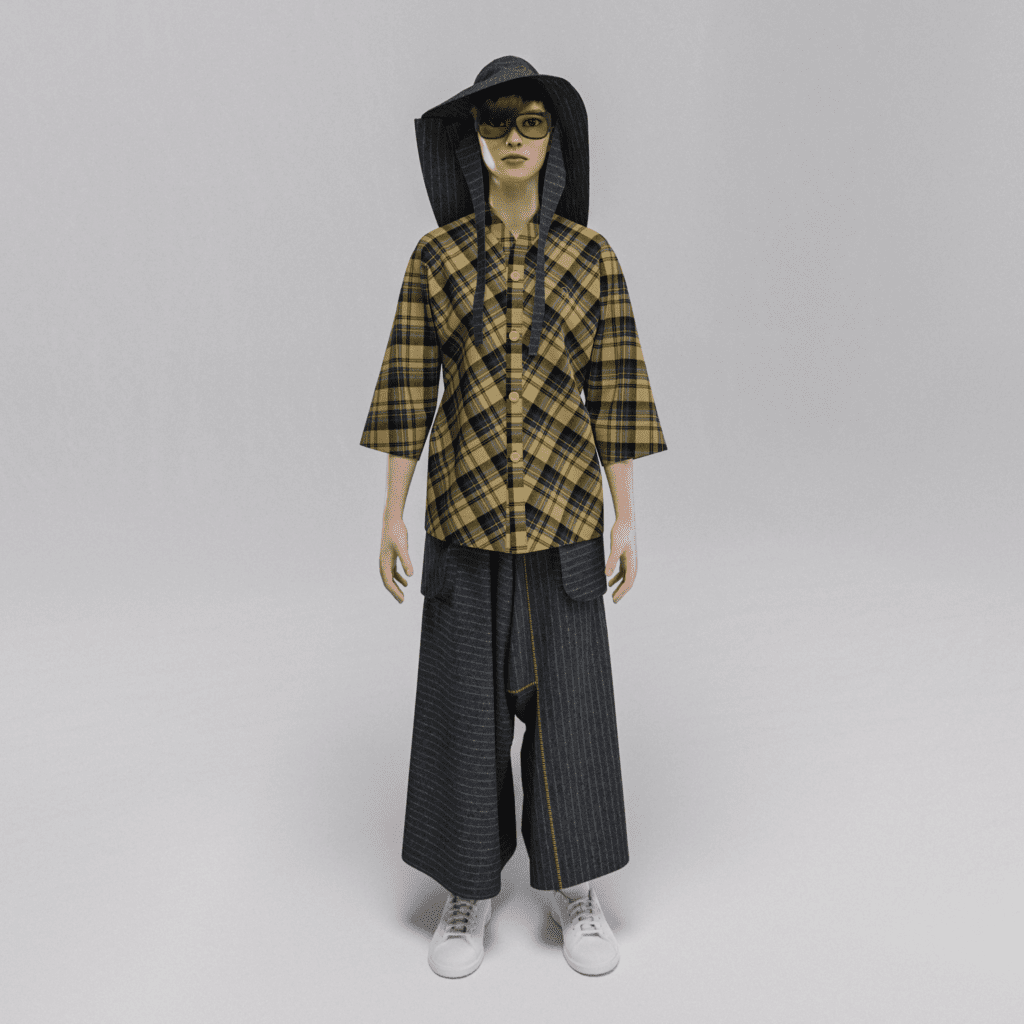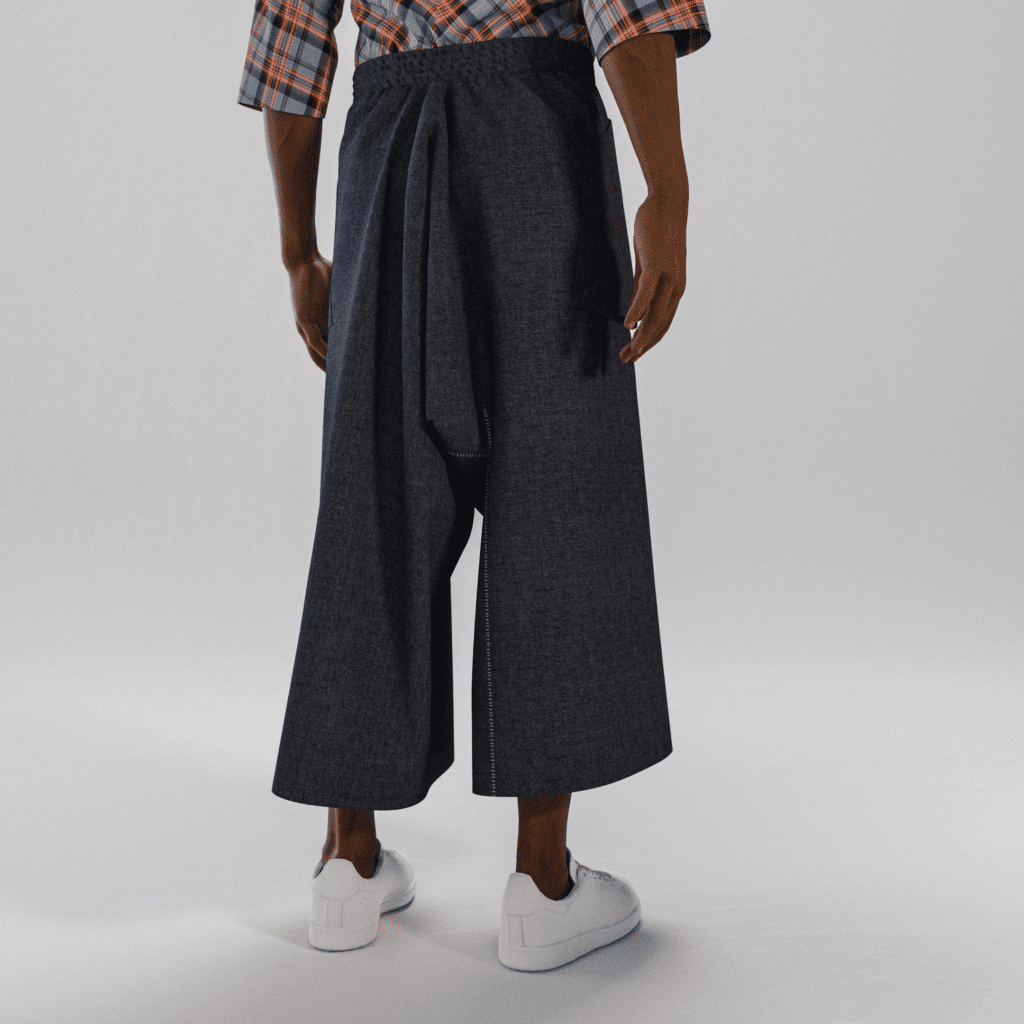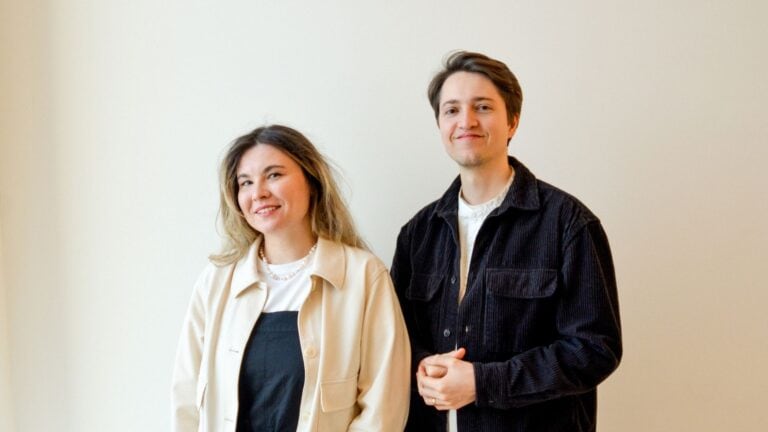The text is written by Johanna B Wirell, CEO and Partner [a] industry. Johanna has over 25 years of experience working in the textile industry.
![]()
The textile industry is in greater need of change than ever and big changes are on the way. How can one of the world's dirtiest industries make the transition to a socially and environmentally sustainable way of working?
The textile industry is essentially a craft profession.
In Sweden, many garments are designed and then manufactured by producers in low-wage countries. Craftsmanship is time-consuming and time is money.
Comments and design adjustments are made on the physical sample and then sent back to the producer for further adjustments. This can go on for several rounds. Three or four rounds of samples are not uncommon, even for relatively simple garments.
Invite new technology
What we need to do is to develop and modernise the word craft and invite the new technologies into our work. Right now we are in the middle of a paradigm shift where 3D visualisation software such as Clo3D is taking hold across the industry.
More and more fashion companies are now embracing the new technology and starting to design in 3D and create photo-realistic visualisations directly on the screen, a major step towards modernising and developing the craft.
This does not completely replace physical samples, but by using the technology available we can both speed up processes and reduce the number of physical samples to a minimum. Why not also let the 3D visualisations of the garments replace the number of sales samples we produce. Using the visualisations as part of the sales process.


The elephant in the room
A major focus today is on the development of sustainable materials and recycling of textiles. The elephant in the room, however, is that far more textiles are produced and consumed than we need and what ecological resources are available for.
What can be done to adjust the overproduction that exists. Can the equation be turned around and new business strategies found?
As consumers, could we be prepared to wait 6-8 weeks for delivery, just like when we buy a car?
Can companies reverse the pricing model?
If you pre-order the product, you can sell it at a lower price, as you do not have to bear the costs of inventory and the like, and once the product is produced, you can increase the price, as you have more costs to take into the equation. Can we slow down the number of garments we produce and think more quality than quantity.
Producing closer to the end customer
It is also important to look at where you produce versus where the end customer is.
Moving production closer to the end customer can be a much better sustainability strategy than simply looking at material choices. One does not exclude the other, but saying that you are working sustainably by simply adjusting one part of the process is not enough. If the end customer is in Asia, produce the goods there. If the end customer is in Europe, produce in Europe. If the end customer is in Scandinavia, then why not look at the possibility of producing in the local area.
Here, too, we need to look at and develop the craft. Can we use new technology to make production in our local area more efficient and less costly for the end customer. We are at the beginning of a major change in a conservative and craft-driven industry.
How we will produce, sell and consume clothes is already changing and we are only at the beginning of this very exciting process.






